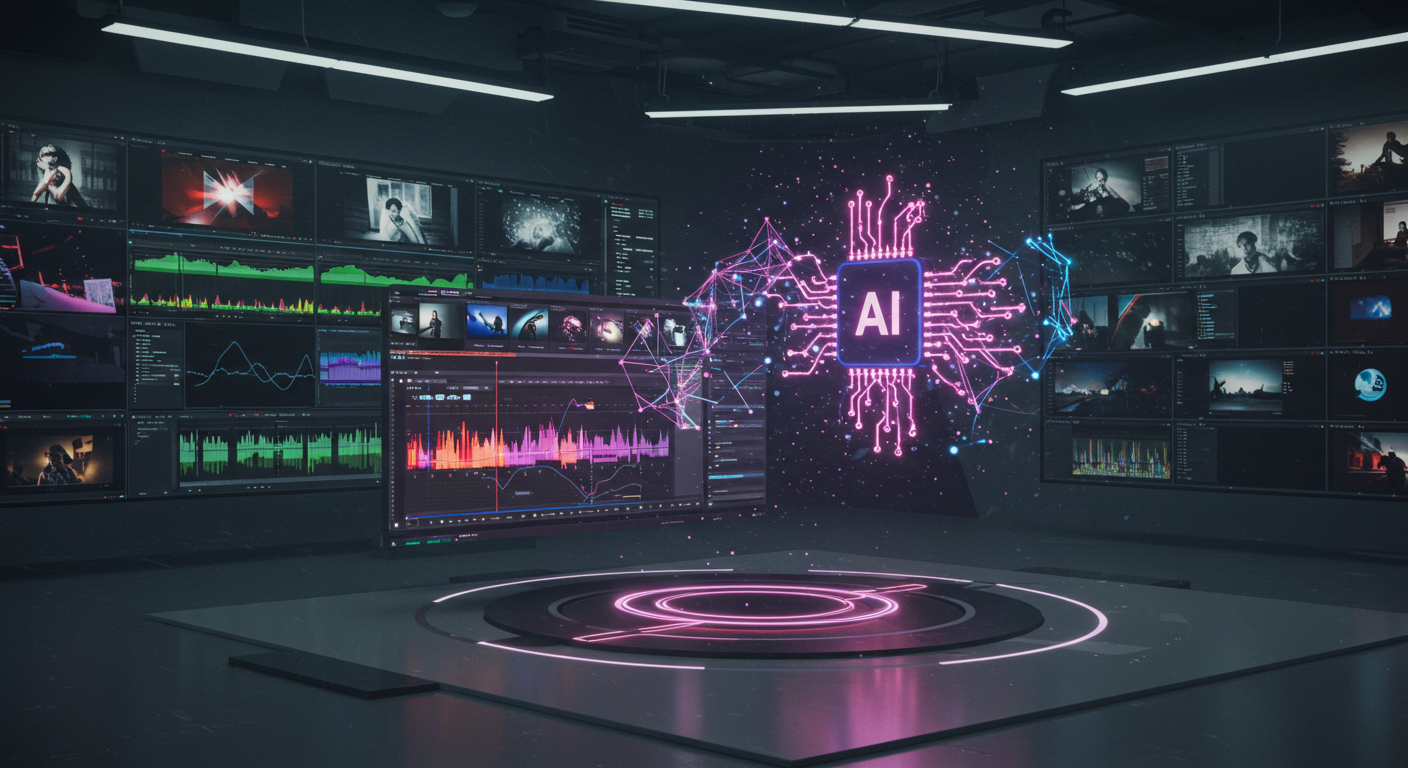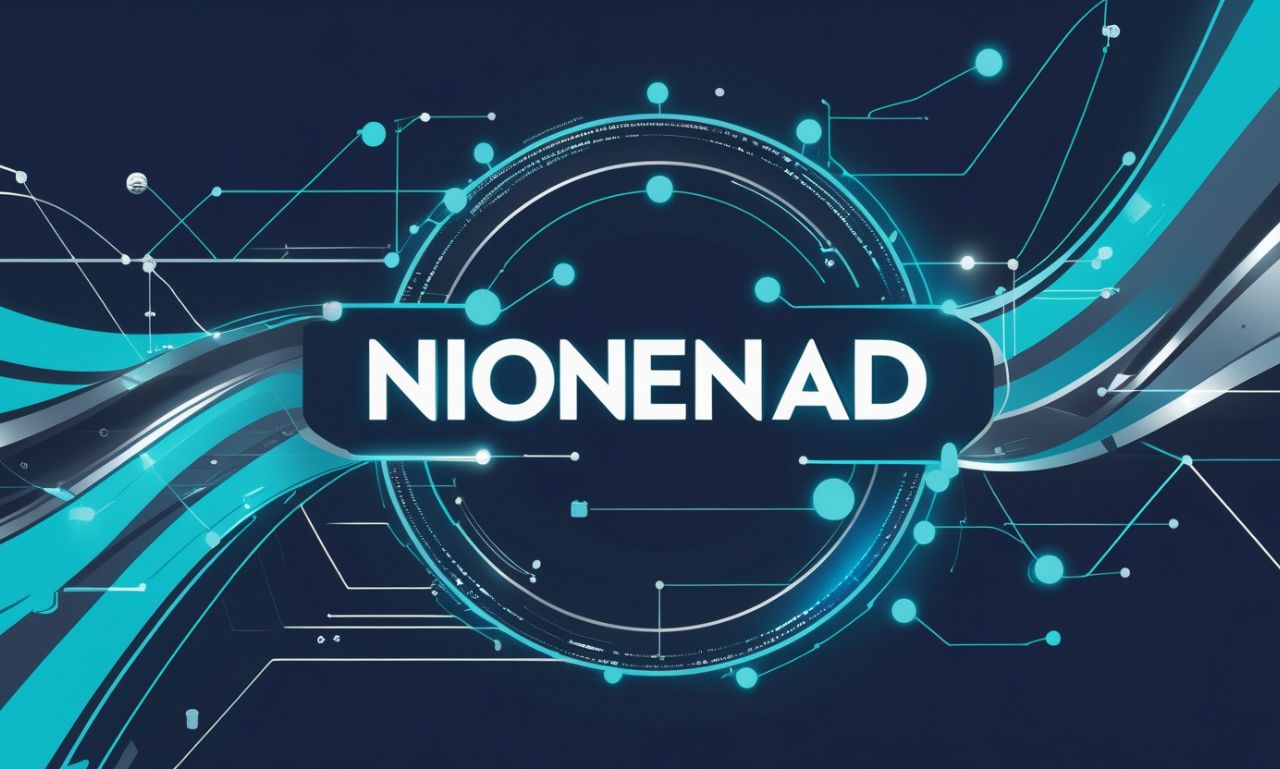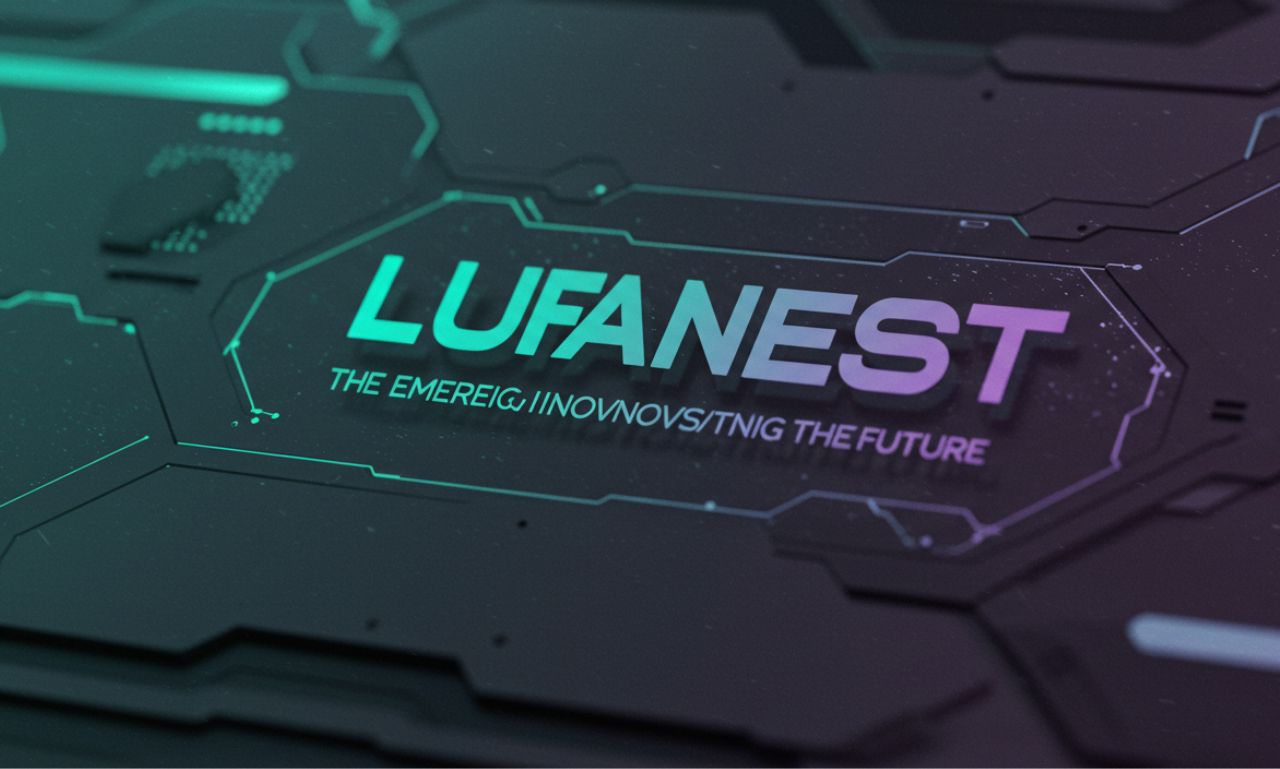In the world of digital content creation, video has become one of the most powerful tools for engaging audiences. Whether it’s for social media, marketing campaigns, educational purposes, or entertainment, videos are a key element in communication strategies. However, creating high-quality videos requires more than just filming—it involves meticulous editing to ensure that the content resonates with viewers. Traditionally, video editing was a time-consuming and often complex process. But with the rise of artificial intelligence (AI), the process has been revolutionized. AI is now enhancing video editing, enabling content creators to produce faster, smarter, and more engaging videos.
How AI is Transforming Video Editing
Video editing used to be the domain of professional editors with years of experience and expensive software. Even with accessible editing tools, the process was often tedious and required technical expertise. AI has changed that by automating many of the repetitive tasks involved in editing, such as trimming, color correction, audio enhancement, and even content tagging. These advancements allow creators to focus more on the creative aspects of their videos, while AI handles the heavy lifting behind the scenes.
One of the key ways AI is transforming video editing is through its ability to analyze raw footage and automatically identify key moments. AI systems are trained to recognize objects, scenes, faces, and even emotions, which helps them make smart editing decisions. For example, AI can detect the most engaging parts of a video, remove unwanted sections, and ensure that the pacing of the content is just right. These automatic adjustments are invaluable for content creators looking to save time without sacrificing quality.
Speed and Efficiency in Editing
One of the most significant advantages of AI in video editing is the speed at which it can process and edit content. Traditionally, video editing required hours of manual work—cutting footage, adjusting audio, and refining the visuals. With AI tools, the process is dramatically sped up, enabling creators to produce high-quality videos in a fraction of the time.
AI-powered tools are capable of performing complex tasks like stabilizing shaky footage, color grading, and correcting lighting inconsistencies without human intervention. This allows creators to work on multiple projects simultaneously or allocate more time to other aspects of production. For instance, an AI video editor tool can automatically analyze a video, enhance its audio quality, adjust lighting, and apply filters in a matter of minutes, freeing up creators to focus on refining their content.
Furthermore, AI can perform repetitive tasks like syncing audio to video or generating subtitles, saving creators hours of tedious work. The result is a much more efficient workflow that reduces the time it takes to deliver polished content.
Personalizing Content for Audiences
AI isn’t just a time-saver; it also helps content creators produce more personalized videos. By analyzing engagement metrics, viewing patterns, and demographic data, AI can offer insights into what types of content resonate with different audiences. This information can then be used to tailor videos to specific viewers, improving the overall impact of the content.
For example, AI can analyze a viewer’s past interactions with videos to predict what kind of content they would find most appealing. If the AI detects that a viewer prefers videos with fast-paced editing, it can recommend that the creator use quicker cuts and dynamic transitions. Similarly, if a viewer tends to engage more with videos that feature certain themes or topics, the AI can suggest incorporating those elements into future content. This level of personalization ensures that videos are more engaging and relevant to the target audience.
Enhanced Collaboration with AI Tools
Another area where AI is making a significant impact is in the realm of collaboration. Video editing often requires input from multiple team members, each handling a different part of the process, such as editing, sound design, color grading, and animation. AI-powered tools make this collaboration smoother by offering shared platforms where multiple users can access and edit the same project simultaneously.
With AI-enabled video apps, creators can work on videos from different locations and devices. These apps can analyze footage and suggest edits in real-time, allowing team members to make adjustments as the project progresses. This not only accelerates the editing process but also ensures consistency across the project. Additionally, AI can handle tasks like auto-scaling videos for various platforms or adjusting aspect ratios for different screen sizes, making it easier for creators to optimize their content for multiple channels.
AI Video Editor: Making Professional Editing Accessible
An AI video editor represents a breakthrough in making professional-grade video editing accessible to anyone, regardless of their technical expertise. These tools utilize advanced algorithms to automate tasks that would traditionally require skilled editors. For instance, AI can detect the best clips from hours of footage, remove irrelevant scenes, and even create dynamic montages based on predetermined themes or settings.
In addition to basic editing tasks, AI video editor can also suggest enhancements for improving video quality. Whether it’s sharpening the image, reducing noise, or stabilizing shaky shots, AI tools can make these adjustments automatically, saving the creator from having to manually tweak every setting. Over time, these tools learn from the user’s editing style, becoming more intuitive and tailored to individual preferences.
The ability to create professional-looking videos without specialized knowledge makes these AI video editor tools invaluable for beginners, small businesses, and even established creators who need to produce high-quality content quickly. By automating much of the editing process, AI tools empower anyone to create engaging, polished videos that would have previously required a team of experts.
AI’s Role in Content Discovery and Engagement
One of the most exciting applications of AI in video editing is its ability to enhance content discovery and engagement. Platforms like YouTube and social media networks are flooded with videos, and standing out in a crowded space is more challenging than ever. AI tools are helping creators ensure that their videos reach the right audience by optimizing content for search engines, improving video titles, descriptions, and tags, and suggesting relevant keywords based on the content.
AI-powered algorithms can also track viewer behavior, analyzing how audiences interact with videos, such as how long they watch and what actions they take afterward. This data provides valuable feedback that can be used to improve future videos and make them more engaging. For instance, AI can help identify trends and suggest editing styles or themes that are likely to capture the audience’s attention.
Moreover, by analyzing trends in the industry, AI can assist content creators in staying ahead of the curve, ensuring that their videos remain relevant and timely. This capability is particularly useful for brands and marketers who need to create content that resonates with their target audience and drives conversions.
The Future of AI in Video Editing
The integration of AI into video editing is just the beginning. As technology advances, we can expect even more innovative solutions that will further simplify the editing process. AI will continue to become more intuitive, learning from user interactions and making smarter suggestions for editing, pacing, and content structure. Additionally, AI may evolve to offer more sophisticated features such as automatic storytelling, real-time audience feedback, and adaptive video creation based on specific user needs.
The future also holds exciting possibilities for the seamless integration of AI with other aspects of content creation, including scriptwriting, animation, and interactive video. AI’s ability to analyze vast amounts of data and make intelligent decisions will continue to drive new innovations, helping content creators produce videos that are not only faster and smarter but also more engaging than ever before.
Conclusion
AI is revolutionizing the way content creators approach video editing. From speeding up the editing process to enhancing video quality, AI-driven tools are making video creation more efficient and accessible. Whether through automated editing, personalized recommendations, or improved collaboration, AI is transforming the video production landscape. As AI technology continues to advance, it’s clear that it will remain an essential tool for creators seeking to produce high-quality, engaging content in less time.











